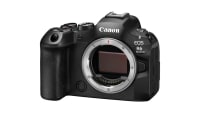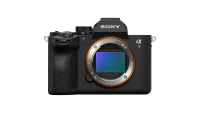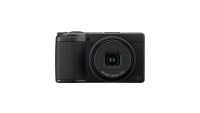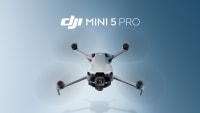Fujifilm X-T30 III brings a creator-friendly refresh to a fan-favorite body
The latest Fuji X-T30 brings some nice video upgrades to this stills-first fan-favorite.
Wayne Grayson • Oct 24, 2025
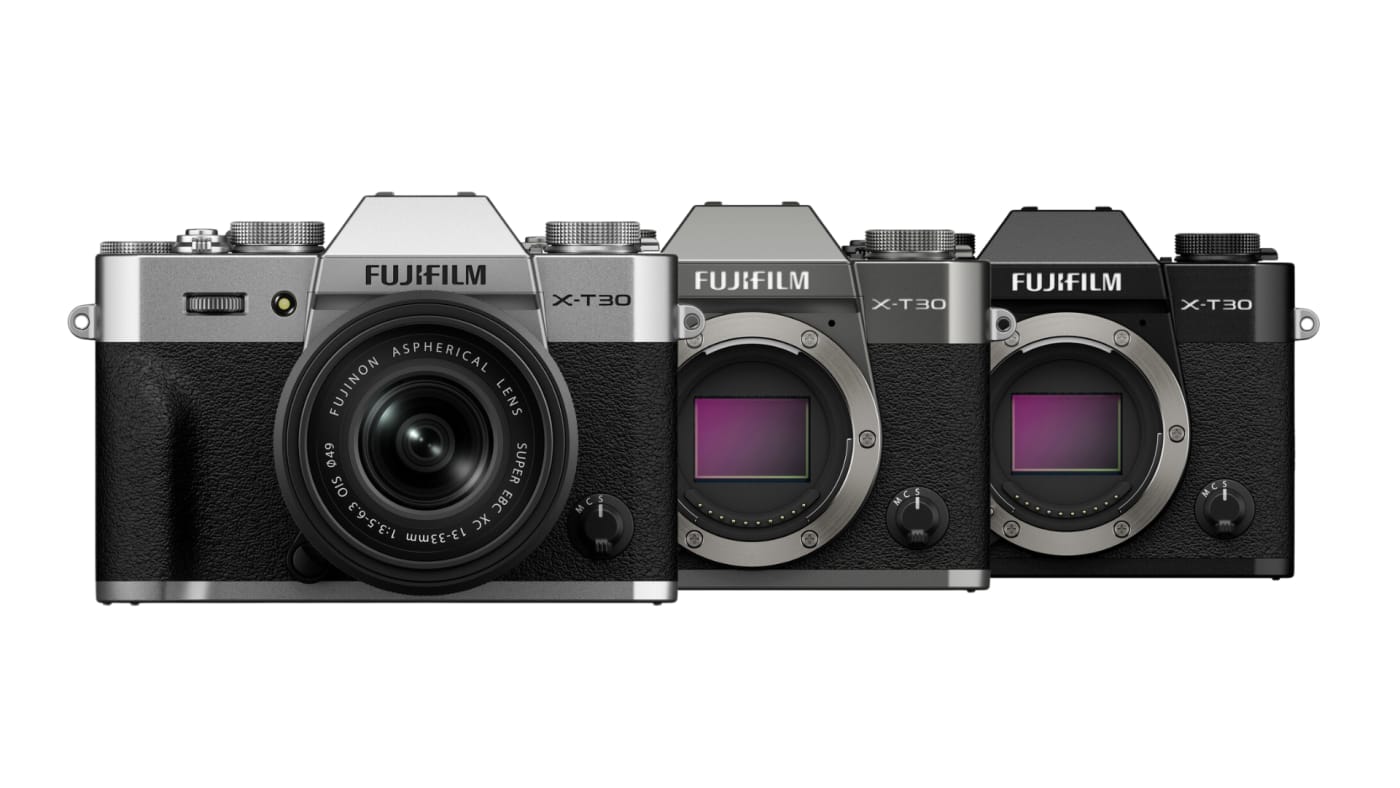
Fujifilm has announced the X-T30 III, a thoughtful update to one of the company’s most-loved small X-T cameras. It keeps what fans adore—classic dials, compact size, and Fujifilm color—then layers on a faster processor, modern autofocus, a dedicated Film Simulation dial, and surprisingly robust 10-bit video.
Where it fits in the Fujifilm lineup (and why people love it)
Within Fujifilm’s APS-C X Series, the X-T30 line has long been the “carry-everywhere X-T”—a stills-first, dial-driven camera that channels the spirit of the bigger X-T models in a smaller, lighter package. Think of it as the approachable, enthusiast gateway into Fujifilm’s film-inspired color and tactile controls: the compact travel and street body many X shooters keep as an everyday camera.
With this being the third version of this camera, Fujifilm has fully acknowledged the following this camera has garnered, and this new model continues that role as an entry-level, photo-first body—only now with more capability under the hood.

What’s new vs. the previous X-T30 II
- Processor & AF: The X-T30 III pairs the proven 26.1MP back-illuminated X-Trans CMOS 4 sensor with the newer X-Processor 5, enabling roughly double the processing speed, Fujifilm’s latest subject-detection AF (people, animals, vehicles—even insects and drones), and better battery life—up to 425 frames in Economy mode.
- Video chops: Despite its stills-first ethos, video gets a leap: 6.2K/30p internal recording in 4:2:2 10-bit (with open-gate capture), 4K/60p, and 1080/240p slow-motion, with electronic image stabilization available for walk-and-talk footage.
- Film Simulation dial: A dedicated Film dial sits on the top plate with quick access to 20 Film Simulations including Reala Ace and Nostalgic Neg., plus FS1–FS3 user slots for your own “recipes.” It’s a fast, fun way to shoot color-accurate JPEGs right out of camera.
- Quality-of-life touches: Same pocketable dimensions and 378g weight as before, a pop-up flash, an AUTO lever for point-and-shoot ease, and direct print support for instax Link printers.
One thing that hasn’t changed: there’s no in-body image stabilization (IBIS). If you want stabilization, pair the X-T30 III with OIS lenses or a small gimbal.
Who it’s for
Upgraders from smartphones: If you’re ready for intentional photography—prime lenses, decisive controls, and Fujifilm’s film-like color—the X-T30 III delivers that “real camera” feel without the bulk or price of the flagship bodies. The AUTO lever makes the transition painless while you learn the dials.
Travel/street shooters: The size, weight, and tactile controls are tailor-made for travel, city walks, family life, and documentary-style shooting. Subject-detect AF and 425-shot stamina help you keep up with any day trip.
Content creators dabbling in video: You may not buy it as a cinema camera, but 10-bit 6.2K open-gate and 4K/60p make it a very capable B-cam for vertical and horizontal content, with Film Sims that look great straight from camera.
If you need higher resolution, weather sealing, or IBIS, the X-T5 (and above) still sit further up Fujifilm’s range. But for many creators, the X-T30 III is the sweet spot of look, feel, and portability at a friendly price.
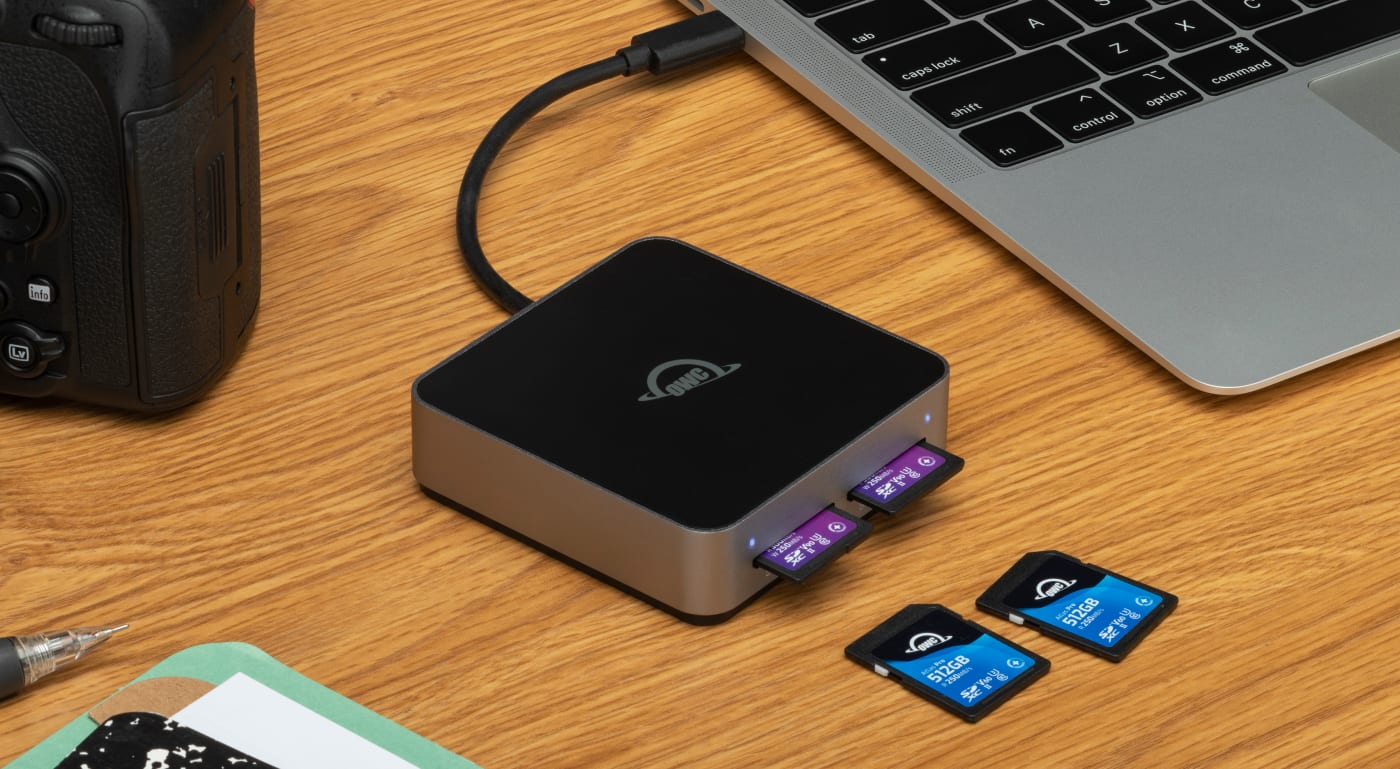
Get the best SD cards for the Fujifilm X-T30 III: OWC Atlas SD Cards
The Fujifilm X-T30 III packs a lot of capability into a very small package. To make sure you get all the performance and content you can out of this camera, don’t settle for any storage media other than what Fujifilm officially recommends: OWC Atlas SD cards.
Fujifilm’s official X-T30 III compatibility chart lists OWC Atlas Ultra SD cards (V90) as confirmed UHS-II media for this camera—along with Atlas Pro V60 options.
While the X-T30 III’s slot operates at UHS-I bus speeds, UHS-II/V90 cards like Atlas Ultra still deliver benefits: extra headroom for sustained bursts, superb reliability, and much faster offloads to your computer when used with a UHS-II reader—ideal for creator workflows. Note that Fujifilm recommends U3/V30 or better for 4K, and UHS-II cards will run at UHS-I speeds in-camera.
Click here to check out the OWC Atlas family of cards and readers.
Pricing, colors, and kit
Fujifilm says the X-T30 III will be available late November 2025 for $999.95 (body only) in black, silver, and charcoal silver. A kit with the new XC 13–33mm zoom is slated to follow in mid-December priced at $1,149.
Specs & availability
- Sensor / Engine: 26.1MP X-Trans CMOS 4 + X-Processor 5
- Autofocus: AI subject detection (people, animals, vehicles, insects*, drones*)
- Video: 6.2K/30p 4:2:2 10-bit (open gate), 4K/60p, 1080/240p
- Controls: Top-plate Film Simulation dial (20 sims + FS1–FS3), classic X-T dials
- Screen / EVF: 1.62-M dot tilting touchscreen; centered viewfinder design
- Battery life: Up to 425 frames (Economy mode)
- Stabilization: No IBIS (use OIS lenses or supports)
- Media: SD (UHS-I; UHS-II compatible at UHS-I speed); Atlas Ultra V90 listed on Fuji’s chart
- Body: 118.4 × 82.8 × 46.8mm; 378g (with battery/card)
- Colors: Black, Silver, Charcoal Silver
Other topics you might like
Canon EOS R6 Mark III Packs More Resolution and Faster, More Versatile Storage Support
Updated on Dec 9, 2025
Born for the Shadows: The Ricoh GR IV Monochrome is Designed for Black and White Perfection
Updated on Oct 23, 2025
DJI’s New Mini 5 Pro is The First Mini Camera Drone to Feature a 1-inch CMOS Sensor
Updated on Oct 10, 2025
 USA + International
USA + International OWC Canda
OWC Canda OWC Europe
OWC Europe